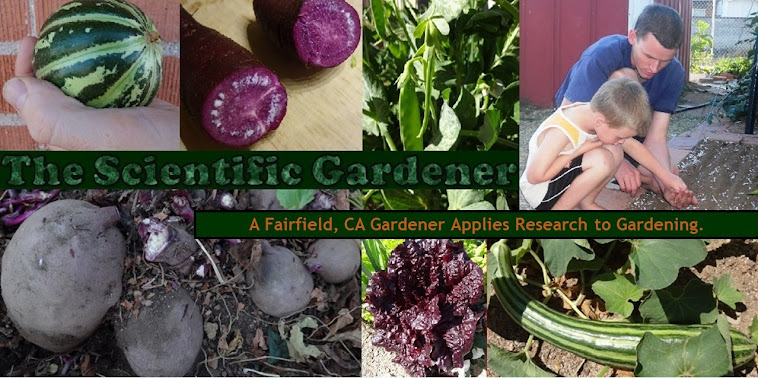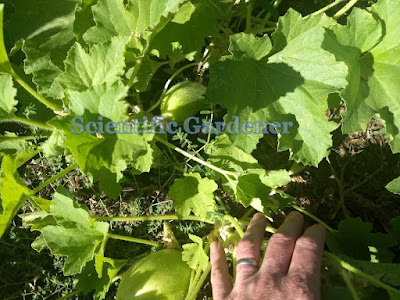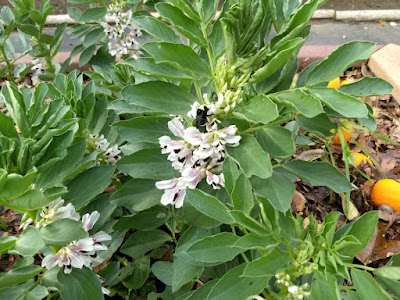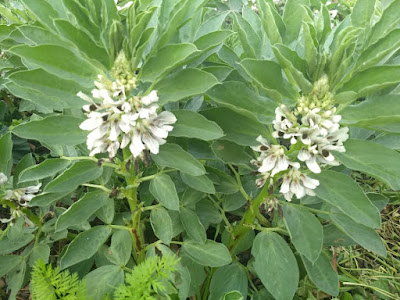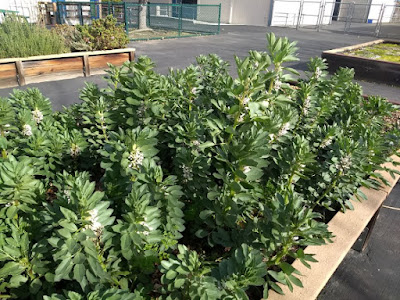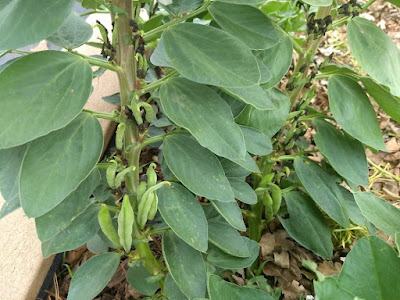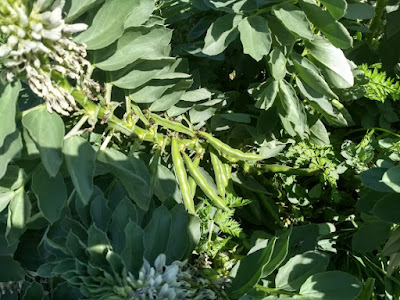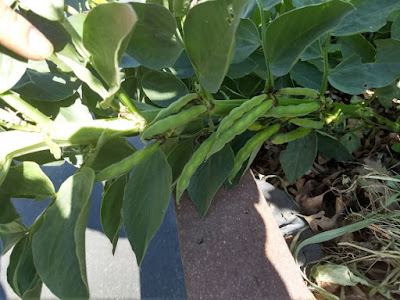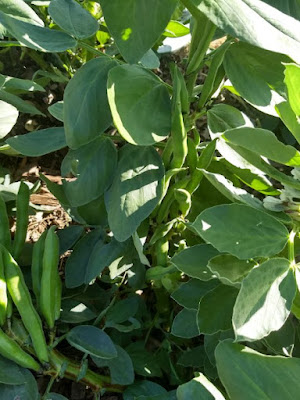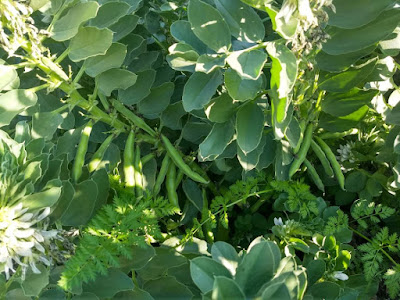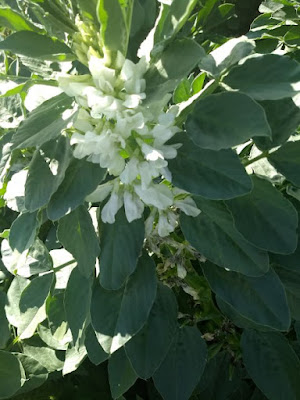When I planned to grow out the Carosello Leccese in my work garden, I had no idea that I would be having to maneuver my growing around a pandemic. My though was that I will just try growing this variety and see how I do. It was that simple. If only it could remain so easy.
Pandemic notwithstanding, I planted my little cucumbers, did my best to water and care for them, then let nature do its thing. The summer of 2020, nature was not very nice. At least in that specific plot I was growing in. There did seem to be something a little wrong with the soil. It could have definitely been deficient of nutrients, but I’m not exactly sure what else was going on. In any case, the majority of the Light Carosello Leccese did not make it to maturity. The small number that did, ended up producing enough seed for me to share with others. It was a good thing too, because I was starting to run low on seed of that variety.
This is not to say that my intention for growing cucumbers at my work garden was for seed. The primary intention of me growing in my work garden is to produce fruit to share with colleagues. If I happen to produce seed in the process, than that is definitely an added bonus.
